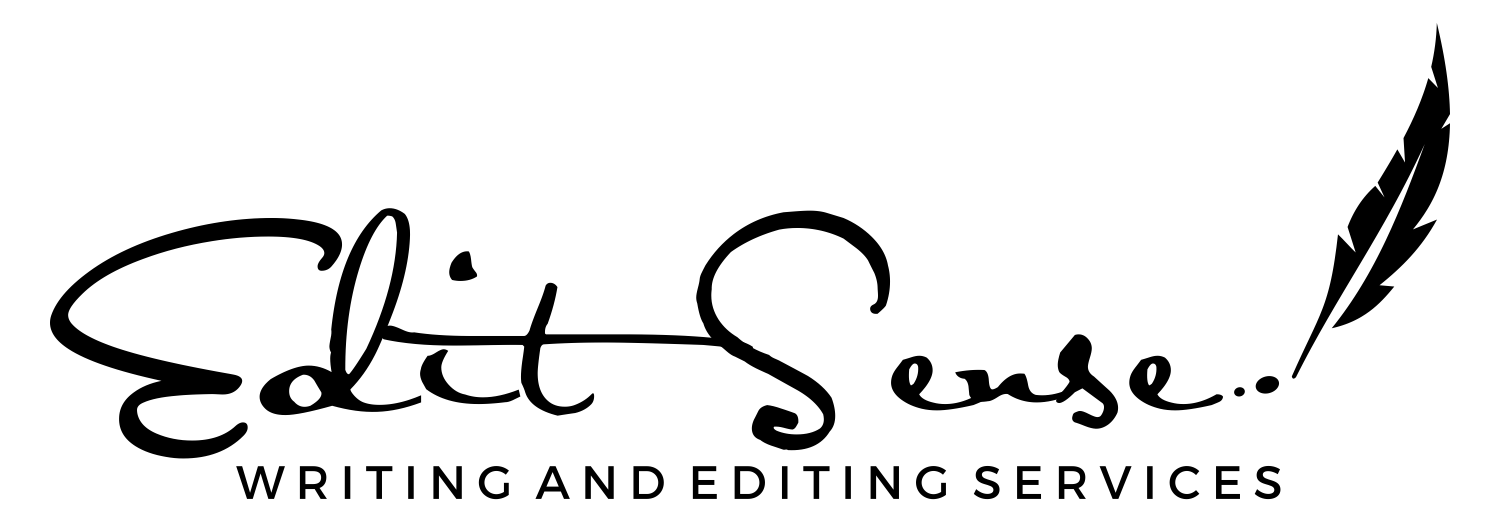Editing services
With attention to detail and accuracy, Edit Sense offers the whole range of editing services for any publication—from single-page fact sheets to theses and research reports—to ensure it is well written, consistent and appropriately structured for its purpose and audience.
We will discuss the extent of editing you require before starting (see levels of edit below), which could include:
- correcting spelling, capitalisation, punctuation and grammar
- rewriting or simplifying complex or unclear sentences (or recommend doing so, depending on your brief)
- ensuring the tone, style and language are appropriate and consistent
- ensuring the document follows your organisation’s style (or the Style manual for authors, editors and printers if you don’t have a house style guide)
- removing redundancy, repetition and ambiguity
- ensuring the content and structure flow logically
- identifying any weakness, inconsistencies or imbalance in argument
- checking cross-references within the document
- cross-checking contents page, citations, glossary, reference lists, abbreviations lists, and lists of tables and figures
- checking consistency and accuracy of graphs, figures and tables
- doing a final once over to ensure everything is just in the right place, including content order, ends of lines, and chapter, paragraph and page breaks.
Levels of edit
A style edit focuses on accuracy and consistency, and involves checking (making sure it follows your style guide):
- vocabulary
- spelling
- grammar
- punctuation
- abbreviations
- capitalisation
- number expression
- order of material
- page numbers
- contents list.
A copy and style edit includes the above, as well as:
- some rewriting to simplify complex sentences and ensure the content is clearly expressed to suit the audience
- addressing style and tone inconsistencies (such as for multi-authored reports)
- checking for repetition, irrelevancy, redundancy, and ambiguity
- checking consistency and accuracy of graphs, figures and tables
- cross-checking any text used elsewhere, such as in the abbreviations list, contents page, glossary, reference list, and list of tables and figures.
A structural (or substantive) edit includes both of the above, but takes an in-depth look at a report’s writing, content and structure, and usually involves more extensive rewriting. It might involve:
- identifying any weakness, inconsistencies, contradictions or imbalance in argument
- ensuring the material is presented clearly and unambiguously, including content, language, and headings
- checking that the structure and flow are logical
- checking whether any content needs re-ordering, expanding, shortening, or moving to an appendix
- advising on the need for additional material to help the reader, such as an index, a summary, a glossary, figures/graphs, etc.
The above are indicative only to help with the quote process, and we will discuss each job with you to tailor the work to your requirements.


